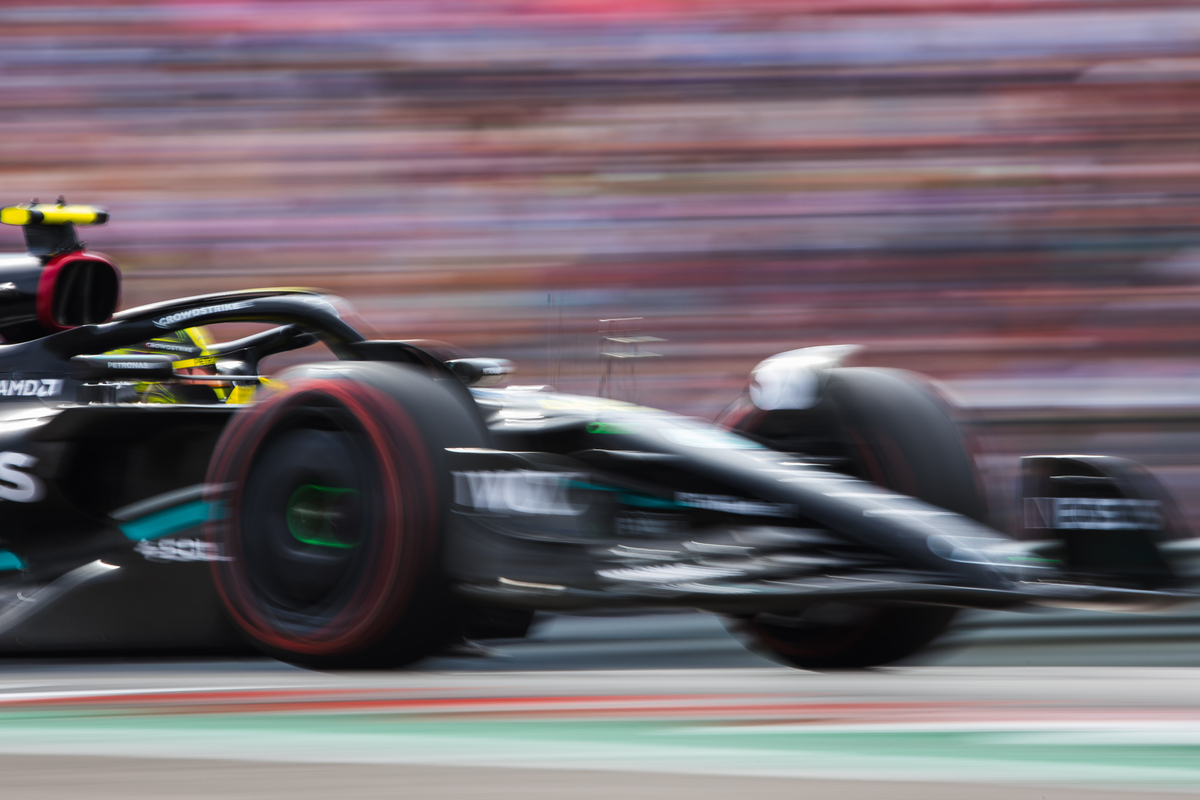

Lewis Hamilton has lifted the lid when it comes to tyre management during an F1 race.
Modern F1 shares much in common with its roots, with car management a key skill required from drivers.
That extends to protect the brakes, managing fuel, and looking after the tyres, all while delivering strong lap times.
The need to do that over the course of a stint, and full race distance, forces drivers into a delicate balancing act.
Add to that tyres that are deliberately designed to degrade to necessitate pit stops and a unique skillset has developed among the very best drivers on the grid.
While there is a degree of science to it, it is more an art and relies on a driver’s ability to innately feel what the car is doing at any given moment, and how that will impact it in the laps to come.
“It’s about how much you’re sliding the tyre,” Hamilton, statistically the most successful driver in F1 history began.
“It’s about the balance that you have.
“If you have too much wing in… too much front end in the car, then the car is like… imagine it a bit like a seesaw.
“You want to start a long stint – or a stint – with the car understeering, because as the rears go off, the seesaw tips, and then it goes to oversteer.
“And when it goes to oversteer, that’s when you’re lost most often, unless it’s the other way around, where the front tyres are the issue, for example.”
Understanding that balance takes time, a lesson Oscar Piastri has highlighted throughout the season that he’s still getting on top of.
While there is an element of management involved in junior categories, like everything, F1 takes that to the next level.
As such, it’s not something drivers can prepare for without seat time, and with testing limited a newcomer can only gain that experience in the heat of battle.
“Finding that balance is very, very difficult,” Hamilton explained.
“You go out and do your laps to the grid, for example, on a Soft tyre, it requires a different setting for the Medium tyre.
“And I think just really then, just focusing on all of the three sections and figuring out how to… where you can and can’t push…”
That, combined with lifting and coasting to save fuel, and sitting the correct distance away from the car in front to look after temperatures (when there is no need to attack) are all skill acquired over the course of a career.
And they’re often in direct contradiction to the concept of winning races, where the clear ambition is to be the fastest over a set distance.
Now the emphasis is not necessarily on being the fastest but being fast enough when it matters.




















